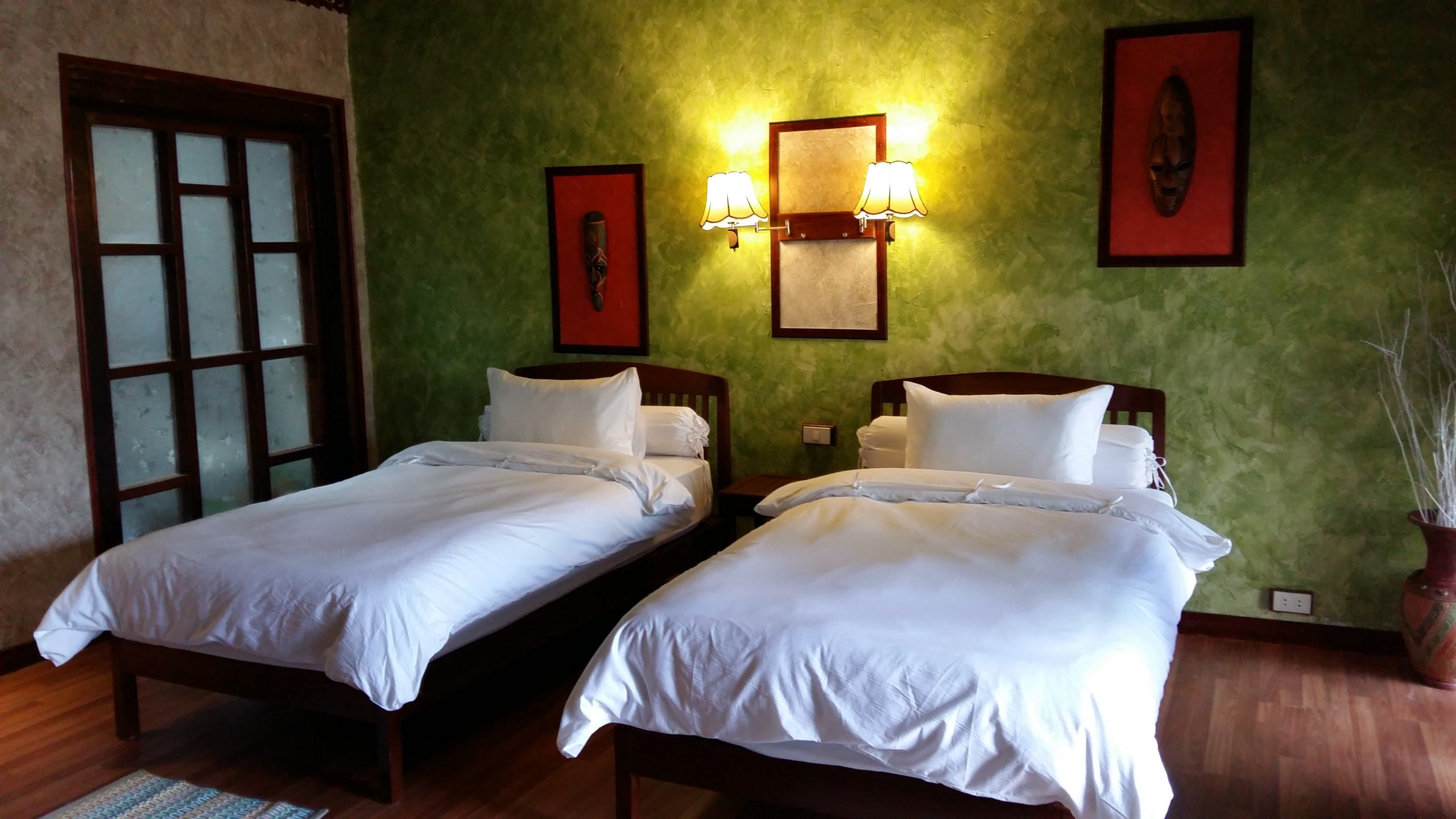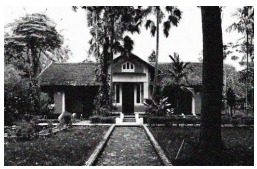Sala Done Khone Boutique Hotel: Where History and Luxury Mee
“History creates legends, and legends create history”
History and legend are intertwined at Sala Done Khone Boutique Hotel, a
beautiful property located on the banks of the Mekong River in Laos. The hotel is
built on the site of a former French colonial railway station, and its stunning
architecture and rich history make it a must-visit for any traveler interested in
Southeast Asia.
beautiful property located on the banks of the Mekong River in Laos. The hotel is
built on the site of a former French colonial railway station, and its stunning
architecture and rich history make it a must-visit for any traveler interested in
Southeast Asia.
Introduction:
Seven kilometers southward from the hotel’s current position, one can find the remnants of a French colonial pier. It is from this very spot that Ban Khone’s contemporary history unfolded.
“History creates legends, and legends create history”
“History creates legends, and legends create history”

For centuries, the Mekong River has been an important trade route for people living along its banks. However, the river’s fluctuating water levels (floods and droughts), as well as its course that is filled with rapids and waterfalls, make navigation on some parts of the river dangerous or impossible.
The Khone Phapheang Falls, a large waterfall, block natural navigation.
And due to its location and terrain, Khone Island serves as a connecting point between the lower and middle Mekong river basins.
Khone Island has been in the midst of various kingdoms, but it often served as a natural border line. Control of Khone Island has always been strategically important.
And due to its location and terrain, Khone Island serves as a connecting point between the lower and middle Mekong river basins.
Khone Island has been in the midst of various kingdoms, but it often served as a natural border line. Control of Khone Island has always been strategically important.

The Construction of the Khone Island Railway
A t this point, the Mekong River is
about 11 kilometers wide, consisting of
six main islands and many small rocky
islands, which the Lao call this area “Si
Phan Done” (4,000 Islands). The river
flows swiftly through rapids and a
waterfall up to 14 meters high, named
“Khone Phapheang Falls”, making it
impossible to use for cargo
transportation. To overcome this
natural obstacle to navigation, boaters had to choose Khone Island, as the island’s
terrain makes it accessible from both the north and south, regardless of the water
level. Additionally, the distance for cargo transportation on Khone Island is shorter
than on other islands.


T herefore, on April 9, 1896, the
construction of the Khone Island
Railway began. It was estimated that
nearly 2,500 sleepers would be needed.
Just three years after laying the first
track for the transport of boats
Garcerie, Colombert and Trentinian,
they were able to cross to Khone Island
successfully.

The railway on Khone Island was divided into two phases. The first phase (1896-1920) began from the port at Ban Hang Khone, the southernmost tip of the island (there are still traces of the old port), to Ban Khone North, the northernmost tip of the island. The purpose was to transport goods, passengers, and military supplies of the French

colony with its center in Saigon, up the Mekong River through Cambodia to the port
on the southern side of Khone Island. Then, they changed to trains to the port on the
northern side of Khone Island, and then changed to boats to go up north to the
provinces in the north of Laos. The construction of the first phase was awarded to
“the Compagnie Saigonaise de Navigation et de Transport”.
During this period, many public
utilities were built, including ports, railway
stations, military headquarters, railway
worker’s houses and high-ranking officer’s
houses, shipyards, markets, and more.
The legend of the “French Heritage building” began here.

I f you sit on the balcony of the heritage house and face west, you will see
Sala Done Khone restaurant today. Close your eyes and imagine back to the year
1896, or about 120 years ago. In front of you, about 50 meters away from the
Mekong River, you will see the old
French-style concrete pier.

village concrete road is where the railway used to be. If you go north for about 1 km, you will reach the port at the head of Khone Island, and if you go left for about 6 km, you will each the port at the tail of Khone Island. About 50 meters to the left of you is “the Khone Railway Station”.














 It is estimated that this building was built to
accommodate high-ranking officials of the French Indochina colony who came to
work and relax in this area. According to the recorded information, during the years
1900-1920, high-ranking officials such as the colonial governor came to inspect the
Four Thousand Islands area, including Mr. Paul Doumer (Governor-General of
French Indochina from 1897 to 1902, President of the French Republic from 1931,
he was assassinated on May 6, 1932), who came to work on Khong Island and
stopped here before returning.
It is estimated that this building was built to
accommodate high-ranking officials of the French Indochina colony who came to
work and relax in this area. According to the recorded information, during the years
1900-1920, high-ranking officials such as the colonial governor came to inspect the
Four Thousand Islands area, including Mr. Paul Doumer (Governor-General of
French Indochina from 1897 to 1902, President of the French Republic from 1931,
he was assassinated on May 6, 1932), who came to work on Khong Island and
stopped here before returning.